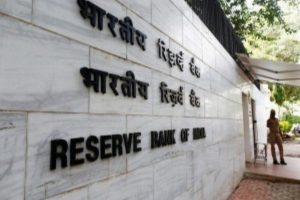Babies in the UK, Canada and Italy cry the most as compared to anywhere else in the world, according to the first study to create a universal crying chart for the newborns.
Researchers from University of Warwick in the UK also found that parents in Denmark and Germany deal with the least amount of crying and fussing.
Advertisement
They formulated the world's first universal charts for the normal amount of crying in babies during the first three months.
The team calculated the average of how long babies fuss and cry per twenty-four hours across different cultures in their first twelve weeks.
The highest levels of colic – defined as crying more than 3 hours a day for at least 3 days a week in a baby – were found in the UK with 28 per cent of infants at 1-2 weeks.
The colic rates in Canada were 34.1 per cent at 3-4 weeks of age and in Italy 20.9 per cent at 8-9 weeks of age.
In contrast, lowest colic rates were reported in Denmark – 5.5 per cent at 3-4 weeks and Germany – 6.7 per cent at 3-4 weeks.
Researchers also found that babies cry for around two hours per day in the first two weeks.
Crying generally peaks at around two hours fifteen minutes per day at six weeks – and reduces gradually to an average of 1 hour 10 minutes by the twelve week mark.
However, some infants were found to cry as little as 30 minutes, and others over 5 hours, in twenty-four hours.
"Babies are already very different in how much they cry in the first weeks of life – there are large but normal variations," said Dieter Wolke of University of Warwick.
"We may learn more from looking at cultures where there is less crying and whether this may be due to parenting or other factors relating to pregnancy experiences or genetic," Wolke said.
The study was published in The Journal of Pediatrics











